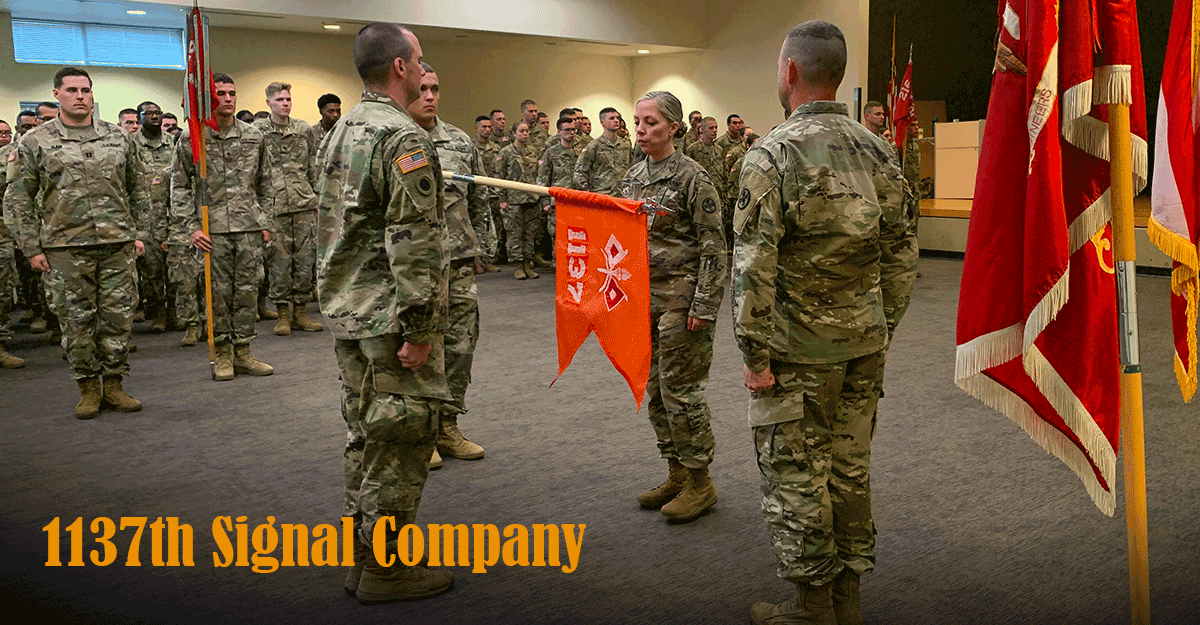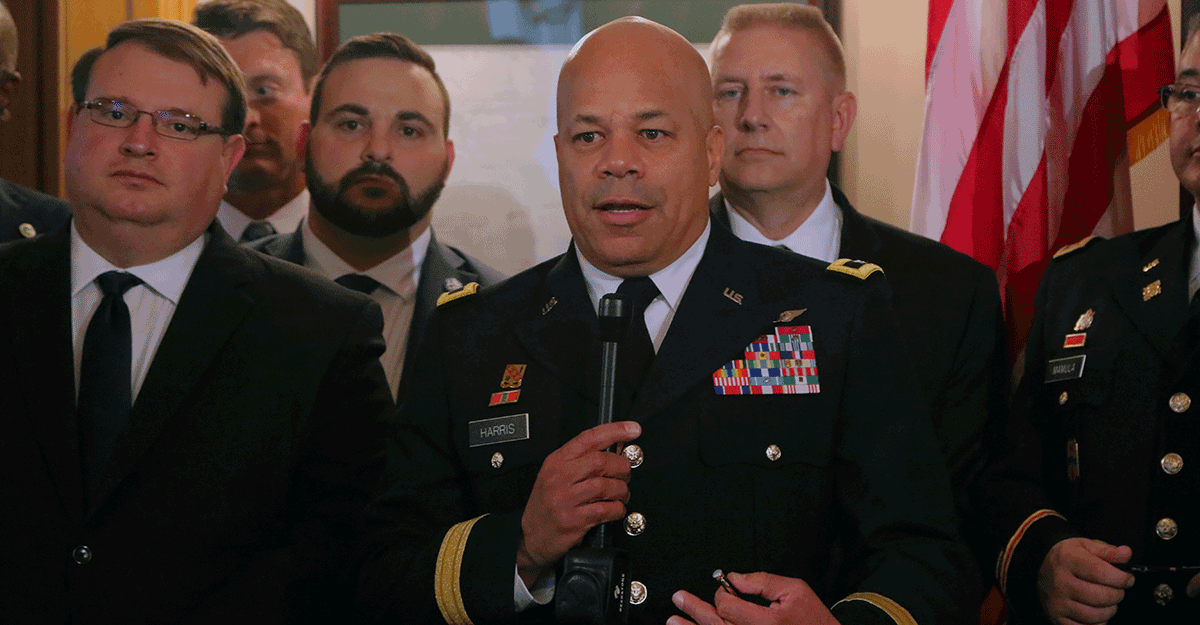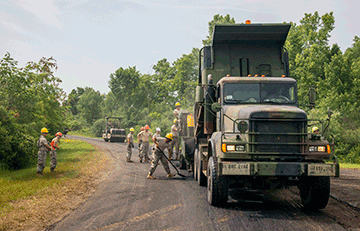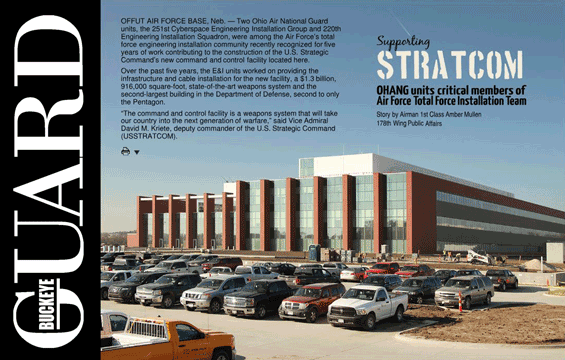New, nontraditional Army signal company activated
Story by Sgt. 1st Class Chad Menegay, Ohio National Guard Public Affairs
CINCINNATI, Ohio (10/28/19)
A new Ohio Army National Guard network operations unit was established during an activation ceremony Oct. 20 at the 216th Engineer Battalion’s headquarters, located at the Woodlawn Training and Community Center.
The 1137th Signal Company TIN-E (Tactical Installation and Networking-Enhanced) has stood up to provide to provide a multitude of cable, wire and fiber optic systems installation and maintenance capabilities.
“The signal community in Ohio is miniscule,” said Col. Teri Williams, chief information officer for the Ohio Army National Guard, “so Ohio leaders decided to compete for the signal company. Ohio has a significant need to grow its signal community in order to support the other capabilities in the state. The TIN-E provides a strategic capability that will benefit the nation and the state. Ohio continues to be a top performer in force management and force provision.”
The unit, as a newly-assigned force structure to the Ohio Army National Guard, was assigned to the 216th because its mission nests with the vertical construction capabilities within the battalion, said Maj. Michael J. Antonas, operations officer for the 216th.
“This unit differs from traditional signal companies in that both its mission and its Modification Table of Organization and Equipment (MTOE) are drastically different,” said Capt. Abbie A. Rebosky, 1137th commander.
For example, the 137th Signal Company and Company C, 837th Engineer Battalion, are companies designed to support their brigades, Rebosky said.
“They are both outfitted with Warfighter Information Network-Tactical Increment 1b equipment designed to supply a brigade-sized element with network communication (Voice over Internet Protocol and internet services: both Non-classified Internet Protocol Router [NIPR] networks and Secret Internet Protocol Router [SIPR] networks),” Rebosky said. “The TIN-E lays down the framework essentially for commands, as well as provides subject matter expert quality assurance that the foundation of their network is functioning properly.”
The 1137th team members are the “cable guys” for the Army and its fellow combatant commands, Rebosky said.
The new company has a headquarters section to provide mission command and two platoons, each with two cable sections, two inside plant teams and two outside plant teams. The inside plant teams provide installation and maintenance of interior cable, wire and fiber optic systems and also repair and maintain indigenous cable, wire and fiber optic systems. The outside plant teams provide maintenance of aerial, buried and/or underground cable, wire and/or fiber optic systems, and also repair and maintain indigenous cable, wire and/or fiber optic systems.
Additional unit capabilities include performing digital system installation through construction, editing and testing of computer system programs and data systems studies, troubleshooting software associated with initialization of Wide Area Network (WAN) and other networks, providing knowledge of system administrator and WAN/network management functions, connecting various theater headquarters Local Area Network (LAN) into required WAN via cabling, hardware installation and connection to tactical and indigenous switches and transport systems, and performing digital system installation to include LAN, network security hardware and Video Teleconference (VTC).
At full strength, the unit will have four signal officers, one network management technician (a chief warrant officer 2), and 145 enlisted Soldiers — primarily composed of information technology specialists and cable systems installer-maintainers — for a total of 150 Soldiers.
“Missions we anticipate the 1137th completing include the installation and maintenance of telecommunication lines (internet and phone) in new construction projects, repair/replacement and maintenance of telecommunication lines in existing structures, as well as installation, repair, and maintenance of main telecommunications lines from source equipment to buildings via aerial, buried or underground means,” Antonas said.



